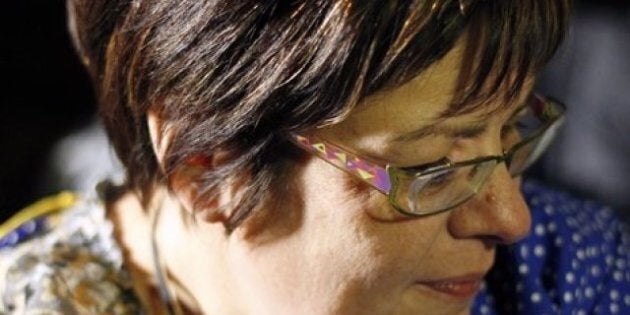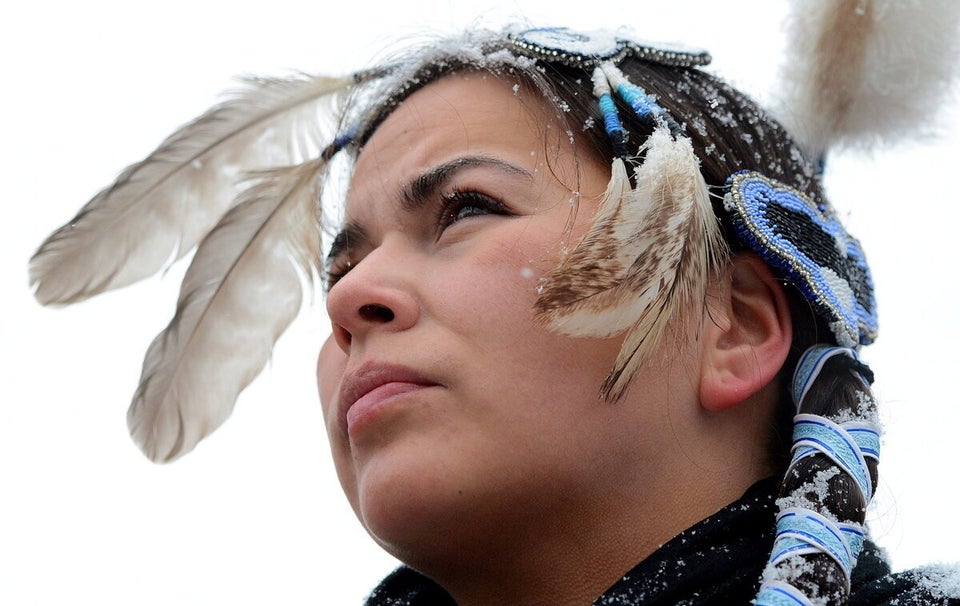
As we enter the new year, it is time for Chief Spence and Prime Minister Harper to pause and reflect about their on-going standoff. Both sides need to feel that they have won and both sides need to find a way to declare victory. Only then can the two sides proceed to the next step which should be fresh dialogue and agreed to solutions for key First Nations issues.
Some victories are won on the battlefield, some in the hearts and minds of politicians and voters. There is no doubt that Chief Spence has succeeded well beyond any expectations of her when she first started her individual protest. Canadians normally tune out from political issues during the Christmas holiday season, yet Spence kept aboriginal issues front and centre and she managed to do it peacefully garnering positive press coverage from coast to coast. That is a singular achievement few First Nations leaders have been able to achieve and her solitary protest reminds me of Elijah Harper sitting in the Manitoba Legislature defying the political establishment of his day. Clearly Chief Spence on behalf of the First Nations has won the propaganda war. The government's tired talking point that the Prime Minister met last year with First Nations leaders is pretty weak and it's no match for media coverage of the chief's determination and hunger strike.
Chief Spence has succeeded in galvanizing First Nations communities, activists and youth to take action. Her efforts have helped the "Idle No More" movement which started in Saskatchewan, to take root and grow into a national movement. The movement will not go away any time soon and it is something both the present and future Canadian governments, as well as the First Nations leadership will have to deal with. There is more than enough here for Chief Spence to declare victory.
The Prime Minister also needs a face-saving victory. No national government regardless of its political stripe can be seen to give into a protest for the precedent it will set. He too, needs a way out. Victory for Harper will be one where he can say he did not give in to the protest.
Harper needs to reach out beyond his inner circle, cabinet and departmental advisors. Their advice is stale and hasn't worked so far. This is an opportunity for Harper to put aside past partisan political issues and pick up the phone and call former prime minister Joe Clark, who met with Chief Spence last week. I was on Clark's staff when he worked the back channels to help resolve another First Nations issue, he knows this file. As a former prime minister with a Conservative pedigree, he has the respect of many First Nations leaders, he also knows the issues and any advice he would offer the present Prime Minister would be nonpartisan and worth listening to. Having already met with Chief Spence, he also understands her position.
Harper also needs the help of National Chief Shawn Atleo. He needs Atleo's advice and his expertise to find a face-saving solution. It shouldn't be one that ends with some grand declaration, but a quiet agreement to work with Harper and First Nations communities over the next few months to reopen the dialogue that is needed to allow both sides to work together.
Atleo and the Assembly of First Nations need a solution almost as badly as Harper and Spence. Atleo, along with some elders and chiefs that Chief Spence holds in high regard, has to be able to convey a solution to her and then work with Spence to look at positive ways to end her hunger strike.
Solutions exist, but both sides have to show flexibility, they also need a win-win situation. Both sides want to improve living conditions for First Nations, both sides also want increased opportunities for First Nations, especially for the youth. Who then will be the first to offer a hand in friendship this time and allow the dialogue to begin?
